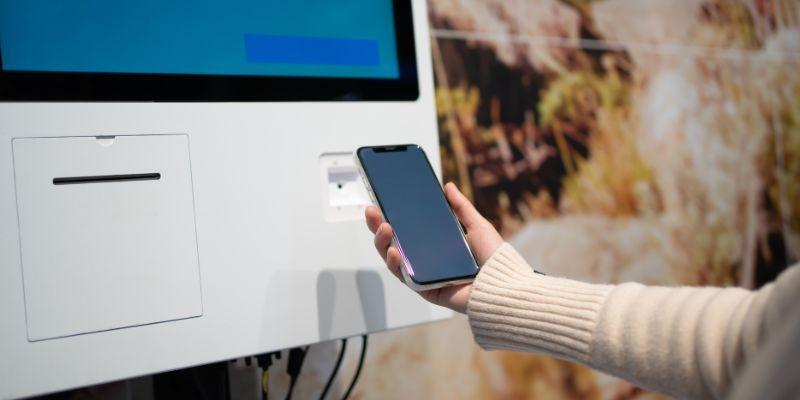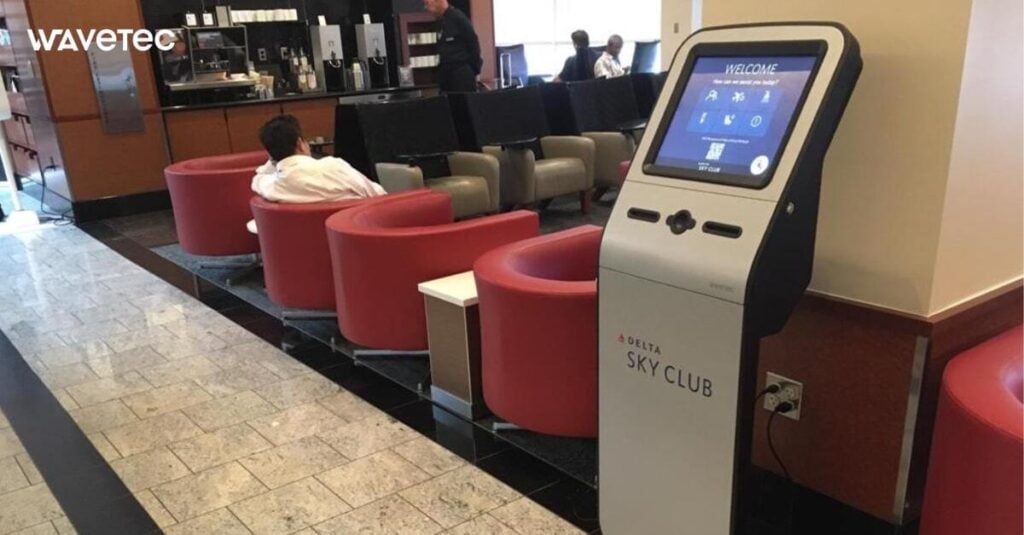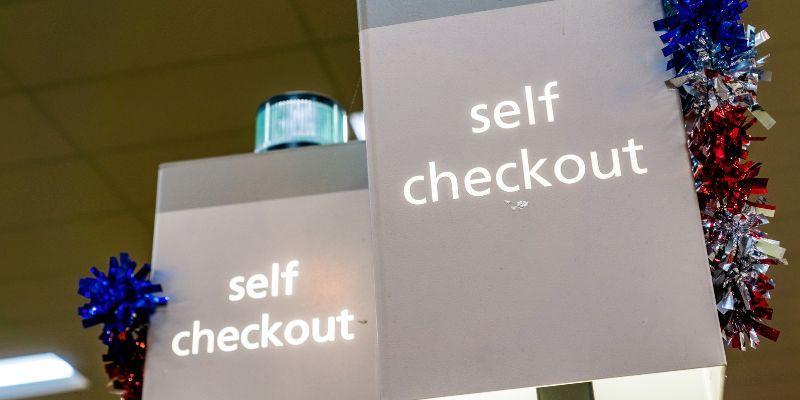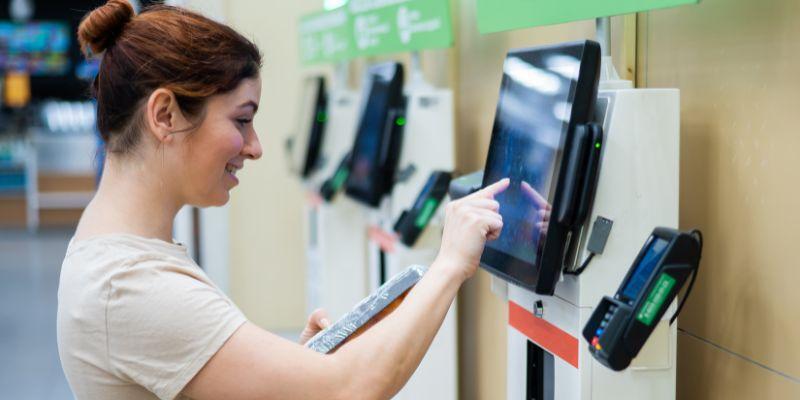Mobile order and pay is a system of placing orders on the smartphone app and paying for the order remotely. On the contrary, self-service kiosks are terminals inside restaurants that allow customers to browse the menu, place an order and pay.
Self-service kiosks have been standard in retail, food industry and healthcare facilities in the recent past. Self-service kiosks are popular for the customized interface and the interactive display on the kiosk, enhancing the overall experience.
There has been a shift in trends since the COVID-19 pandemic, during which restaurants and telecom stores encouraged takeaway or pickup orders to maintain social distancing. Since then, the latest mobile order and pay innovation has become essential for smartphone users.
This blog compares and contrasts mobile order and pay versus self-order kiosks to help you choose the best one for your business:
- Comparison of advantages and disadvantages
- Comparison of upfront and ongoing costs
- Comparison of customer experience
- Comparison of business benefits
Let’s get into the details!
Comparison of Mobile Order and Pay vs Self-Order Kiosks
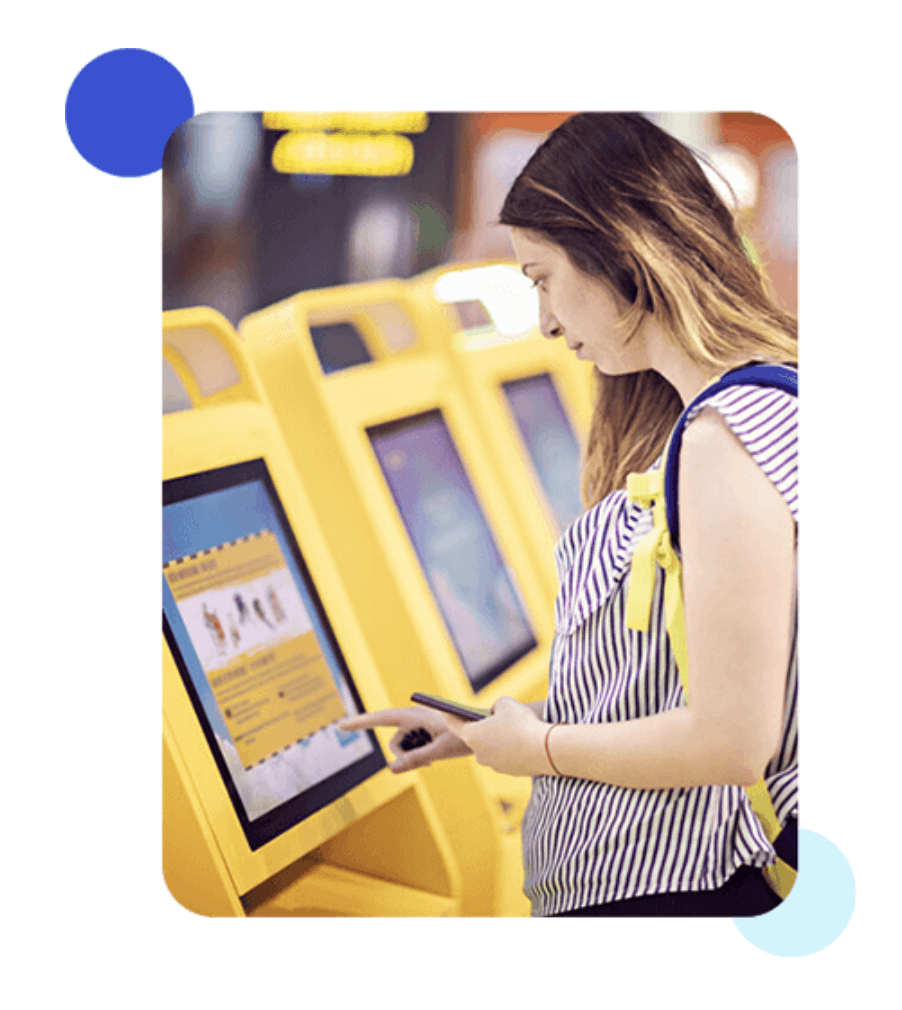
Comparison of advantages and disadvantages
- Convenience: Customers walk into a store expecting the staff to be as accommodating as possible. Mobile order and pay has been a game changer, allowing customers to access the store and orders remotely.
Since customers prefer flexible locations and timing, they can choose the pickup and delivery area. It provides a seamless and time-saving experience for customers on the go.
On the other hand, businesses look towards self-order kiosks for convenience. Kiosks streamline the ordering process by allowing customers to input their selections directly, It reduces the need for staff involvement during peak hours and sale seasons.
Since self-order kiosks perform repetitive functions, staff can focus on providing excellent customer service. Businesses profit from the upselling and cross-selling opportunities with kiosks.
- Speed: Customers opt for mobile order and pay for faster ordering and payment procedures. Customers can quickly survey items, customize orders, and checkout immediately with a few taps. This eliminates the need to wait in long lines, saving valuable time.
Self-order kiosks provide the same functions as an app for browsing menus and completing transactions. However, they are the preferred choice for business as it reduces the time staff takes for order. It allows businesses to simultaneously process multiple orders.
Mobile order and pay is faster for individual customers, but self-order kiosks handle higher order volumes more efficiently. The scalability of kiosks makes them a valuable tool for businesses experiencing high customer traffic.
- Customization: Mobile order and pay come equipped with a smartphone app, which offers a great deal of customization of the interface. Customers can navigate the homepage, read through details and choose preferred options.
Owing to the touch interface and limited screen size and technology, self-service kiosks offer less customization than apps. It offers pre-determined details, and customers must toggle between multiple pages before choosing. This can be a tiring task for customers.
- Accuracy: While both technologies are prone to human error, self-service kiosks have fewer chances than mobile order apps. Since kiosks offer a direct ordering procedure with a limited menu, it reduces the likelihood of user error.
If a customer is unfamiliar with the ordering procedure on mobile order and pays apps, they may select the wrong options and input incorrect quantities. The absence of human assistance during the ordering process may lead to mistakes.
- Upselling: Self-order kiosks offer the advantage of upselling when customers place orders. The kiosks have bigger screens vs apps and can suggest extra items via images and promotions. Kiosks offer upsell options based on the selected options or popular add-ons.
Smartphones’ have a smaller screen real estate which limits mobile order and pay platforms in upselling opportunities. Presenting additional offers on the same screen without overwhelming the customer or disrupting the ordering flow is challenging.
- Human interaction: Mobile order and pay lack human interaction as customers can complete the ordering and payment process using smartphones. This can be done at home without directly interacting with staff members. Customers who need personal assistance are often left confused with the procedure.
On the other hand, self-order kiosks offer limited human interaction. Although customers can independently navigate the ordering process on the kiosk’s interface, the staff is present for support. Staff can assist customers by answering questions and resolving issues that arise during the ordering process.
Comparison of Costs, both Upfront and Ongoing
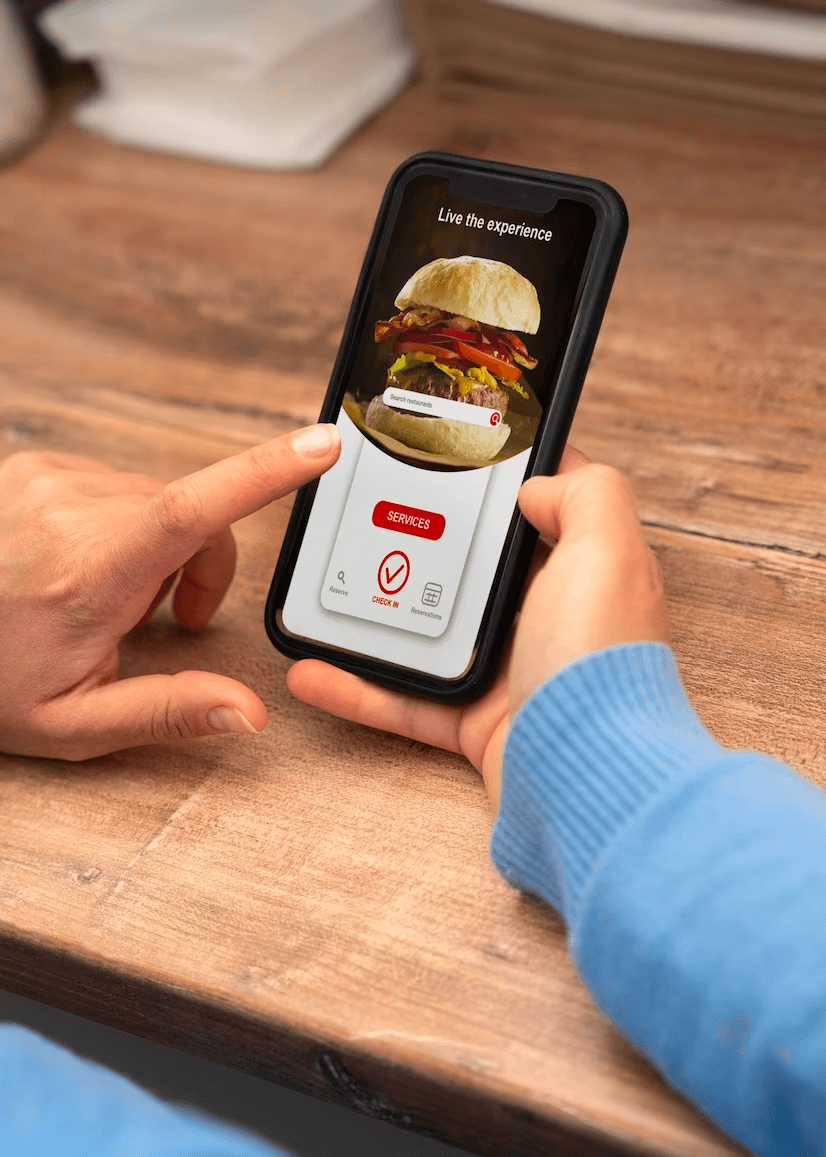
- Upfront costs: The mobile order and pay process incurs lower upfront costs for businesses compared to implementing self-order kiosks. Businesses only have to purchase or develop a mobile app once for customers. This is more cost-effective as it eliminates the need for purchasing and installing physical kiosks.
The hardware of self-order kiosks is an expensive purchase. Although the cost varies on the number of kiosks a business opts for, the initial investment is intensive. It is worth noting that self-order kiosks have the potential to generate long-term cost savings by reducing labour costs.
Since customers order and pay independently, self-order kiosks decrease the need to hire dedicated staff members. The savings in labour costs can contribute to the overall return on investment (ROI) of implementing self-order kiosks.
- Ongoing costs: Ongoing costs for mobile order and pay can be higher than self-order kiosks due to timely app maintenance and updates. Mobile apps require continuous bug fixes and improvements to ensure a smooth user experience. Hiring developers for app maintenance services is costly.
Regular software updates are also needed to adapt to new operating systems, device requirements and technology. These updates can involve development, testing, and deployment costs to ensure compatibility and security.
In contrast, once installed, self-order kiosks require less maintenance and updates than mobile apps. Hardware failures or issues may occasionally arise but are typically less frequent.
Comparison of customer experience, such as personalization and ease of use
- Personalization: Mobile order and pay offers customers greater personalisation than self-order kiosks. Customers create profiles and save their preferences, dietary restrictions, and favourite items via mobile apps.
Customers can quickly access their preferred items and previous order history and place orders. This personalization saves time for frequent buyers. Kiosks do not save preferences, so customers must manually select their desired options each time.
- Ease of use: Mobile order and pay require customers to be tech-savvy and accustomed to navigating on smartphones. Kiosks are user-friendly with interactive buttons and more accessible with larger screens for disabled persons.
- User error: Mobile order and pay rely solely on customers’ inputs, while self-order kiosks offer guided ordering with menus, instructions, and visuals to minimize mistakes. With e a structured experience, kiosks help customers in making informed choices.
Comparison of business benefits, such as increased efficiency and customer satisfaction
- Efficiency: Both mobile order and pay and self-order kiosks increase efficiency by allowing customers to order remotely or skip long queues. Customers can monitor order and queue status, thereby reducing wait times.
- Customer satisfaction: These innovations in order processing and payments have enhanced customer satisfaction. They offer faster, more convenient, and personalized ordering experiences.
Customers have the flexibility of placing orders remotely and according to their own schedules. By streamlining the process and catering to individual preferences, mobile order and pay and self-order kiosks contribute to higher customer satisfaction.
- Demographics: The decision to choose either kiosks or mobile apps for your business varies on the audience you cater to. Choose technology that guarantees maximum customer engagement. For this, you must consider consumer demographics.
Customer preferences vary with age. For example, young tech-savvy individuals find mobile apps more convenient. Whereas older adults are comfortable visiting the facility and using self-service kiosks.
Final Words
The ongoing debate of providing convenience with mobile order and pay versus self-order kiosks depends entirely on understanding your customer base.
Mobile order and pay is beneficial if you want speed, creative and customizable interfaces and less upfront costs. Self-service kiosks allow you to deal accurately with high-volume orders, reduce labour costs, and serve as one-time investments.
Nevertheless, both technologies have brought convenience and ease and yielded customer satisfaction.
Contact us today if you are looking to install a kiosk or set up an app!
BOOK A FREE DEMO

